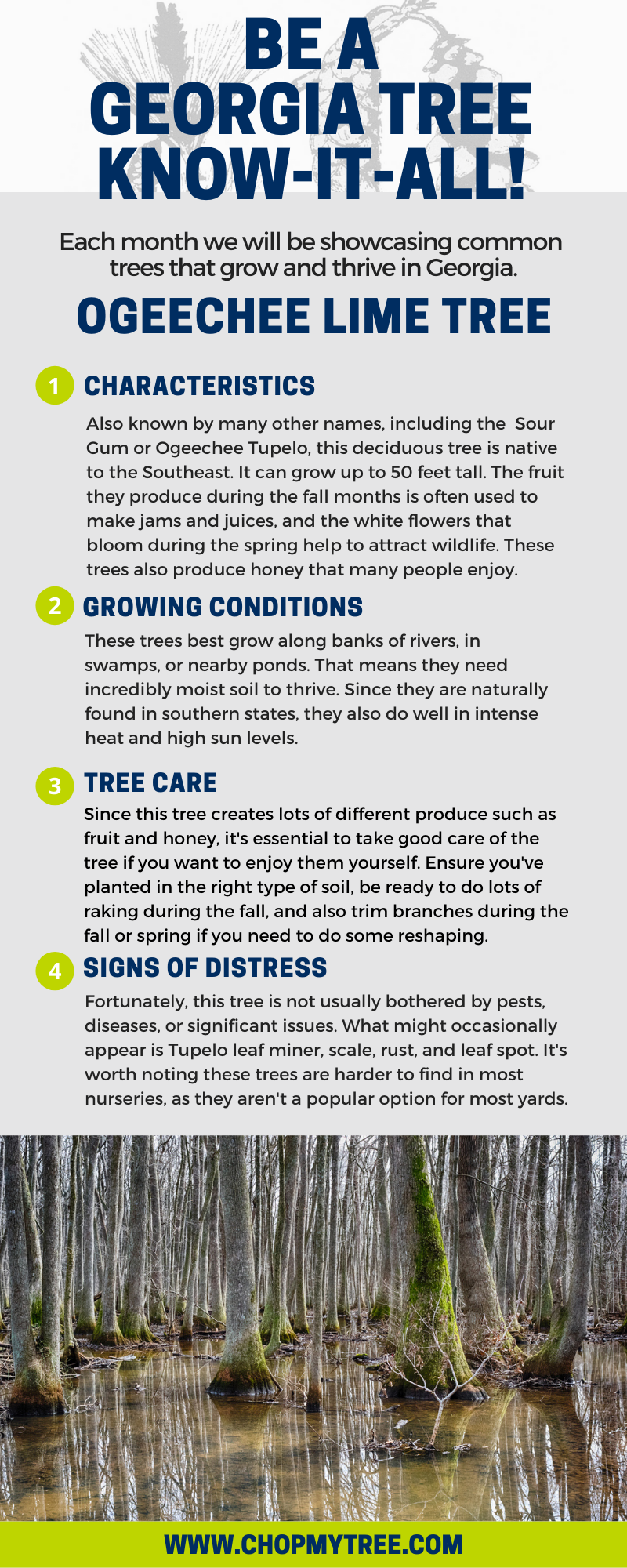We’ve made it through another hot summer season in the south! But the cold weather is coming quickly, which means it’s time for a different plant care plan. While watering over dried soil was the main focus throughout summer, now it’s time to get ready to protect your soil and roots from damaging cold temperatures.
As chilly air rolls in, here are the steps we recommend all tree owners take for how to plan for fall and winter tree care.
Prune Dead and Broken Limbs
It’s always a good idea at the start of any new season to do a lap around your yard and find any broken or dead tree limbs. That way, you can prevent them from falling and potentially damaging your house or property. It’s even easier to identify potential danger during the winter months when leaves have fallen off your trees.
Fertilize
During the cold seasons, roots will be quietly growing underground. When you fertilize before the soil freezes, you’re helping to maintain the nutrients in your yard, as well as giving your roots an extra boost of nutrients which will carry them into the spring.
Protect Your Roots
Adding new mulch, pine straw, or even a protective wrap over the top of your tree’s roots protects them from damaging winter weather. These things also help to keep moisture locked in your tree roots if you live in a dryer climate.
Have further questions before the cold temperatures set in? Our experts are here to assist anyone in the Atlanta area with prepping their yard and for how to plan for fall and winter tree care! Feel free to reach out to us by clicking here or by giving us a call at 404-252-6448.









